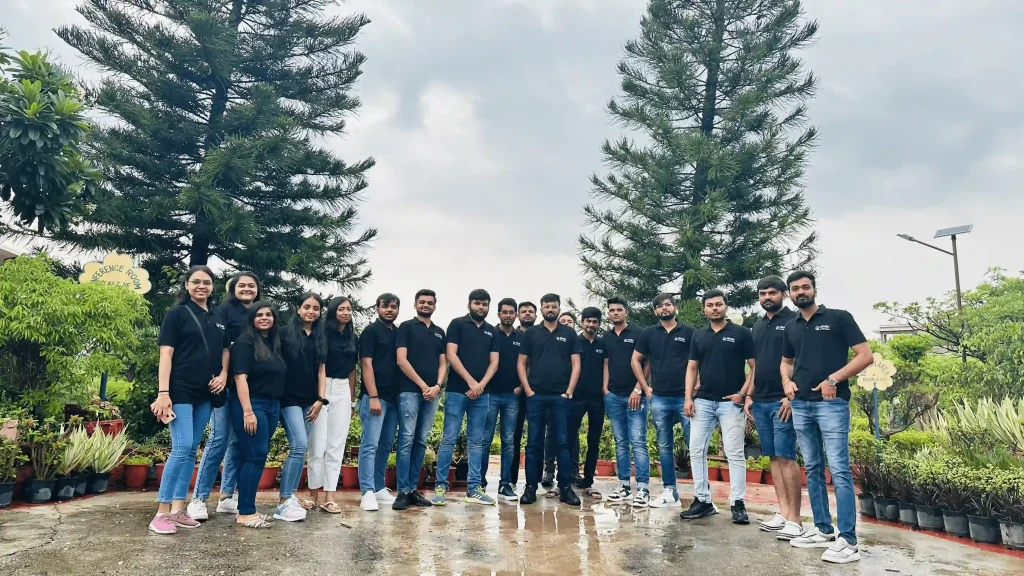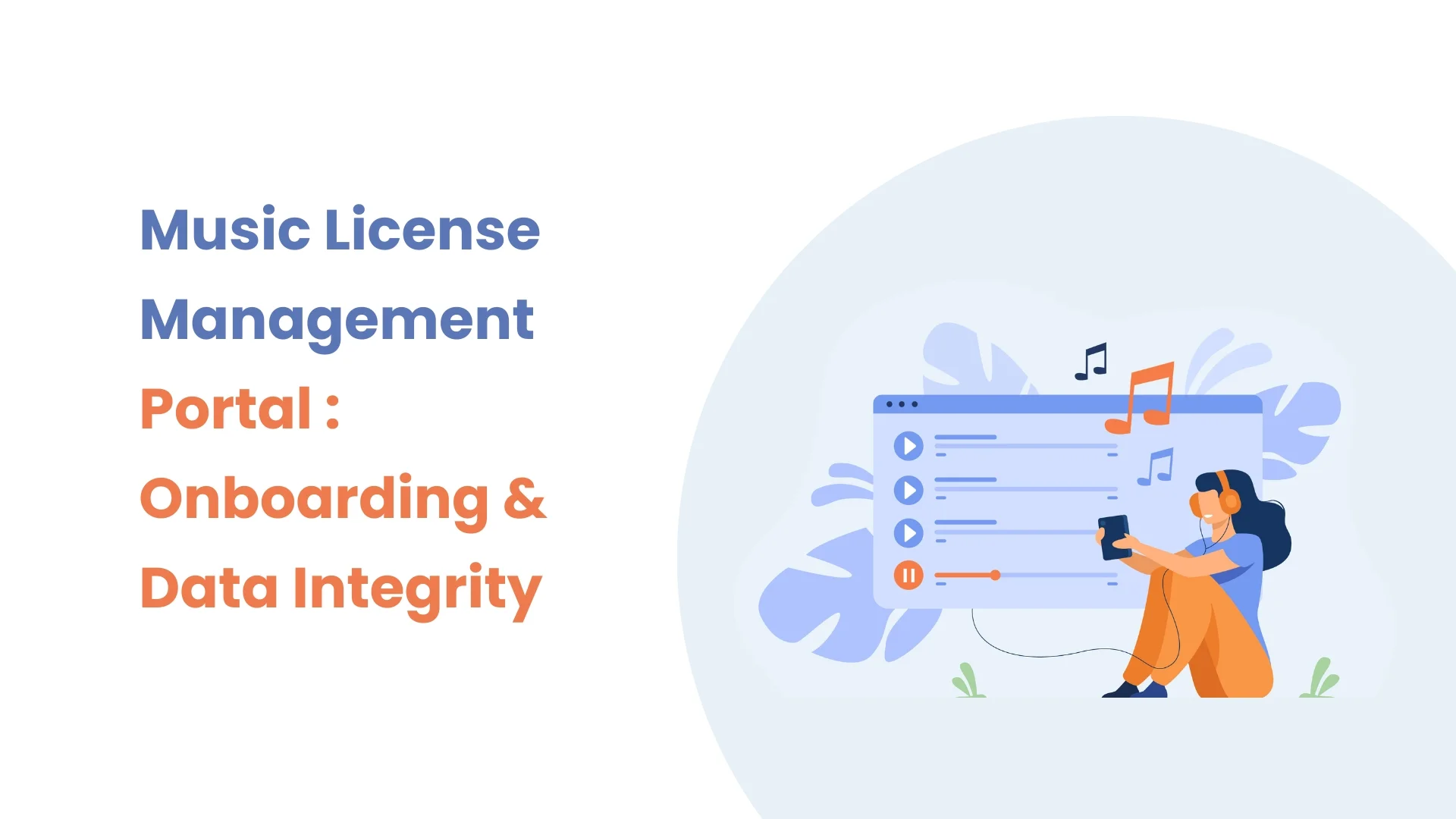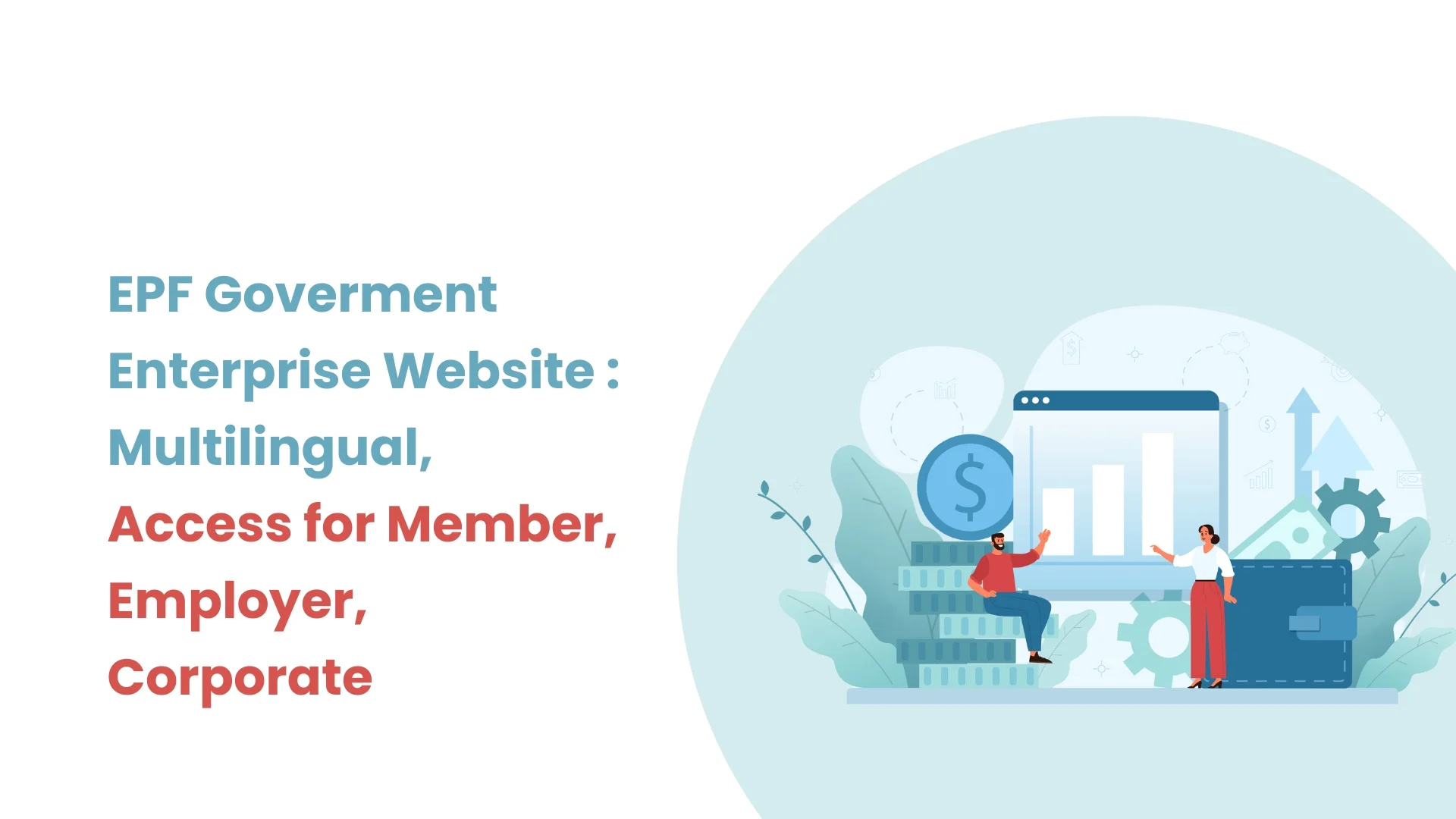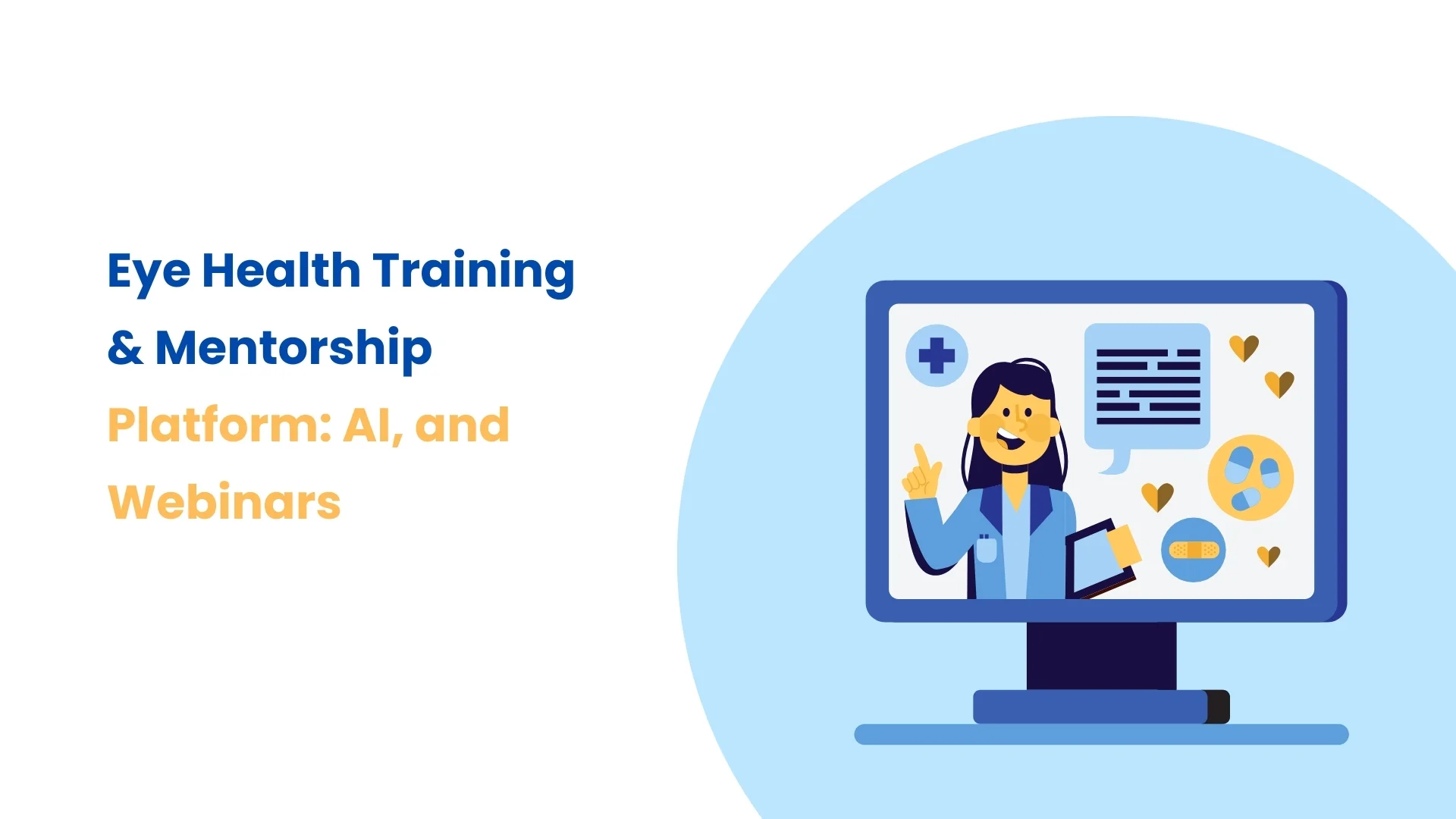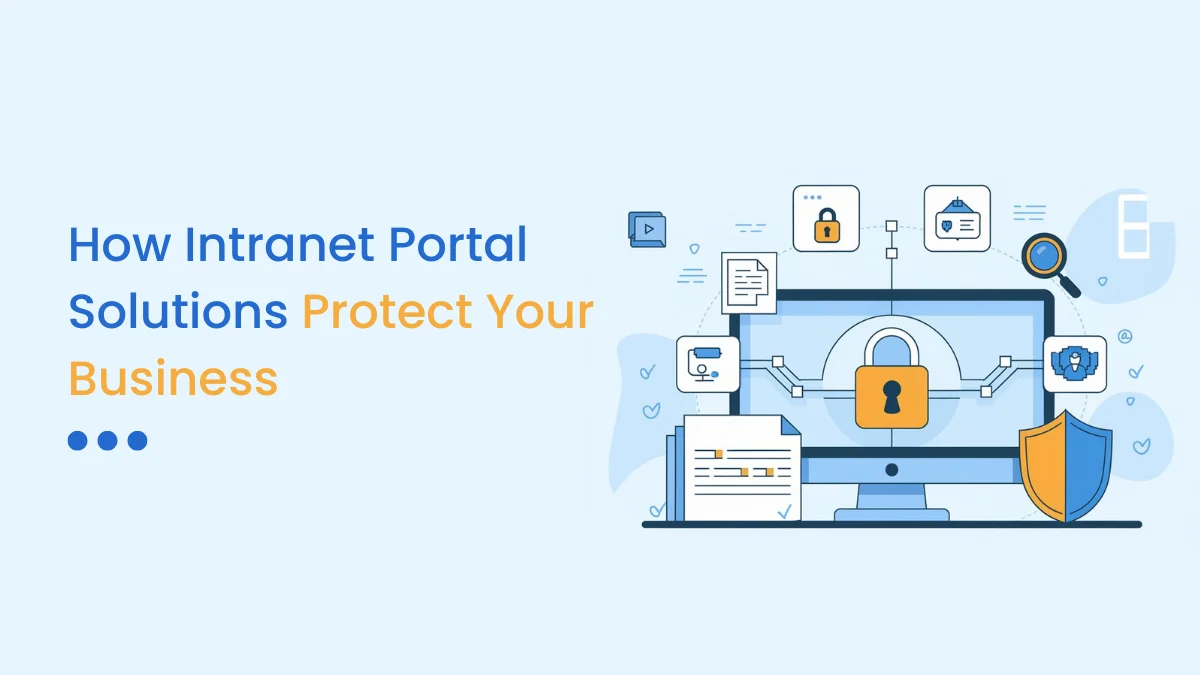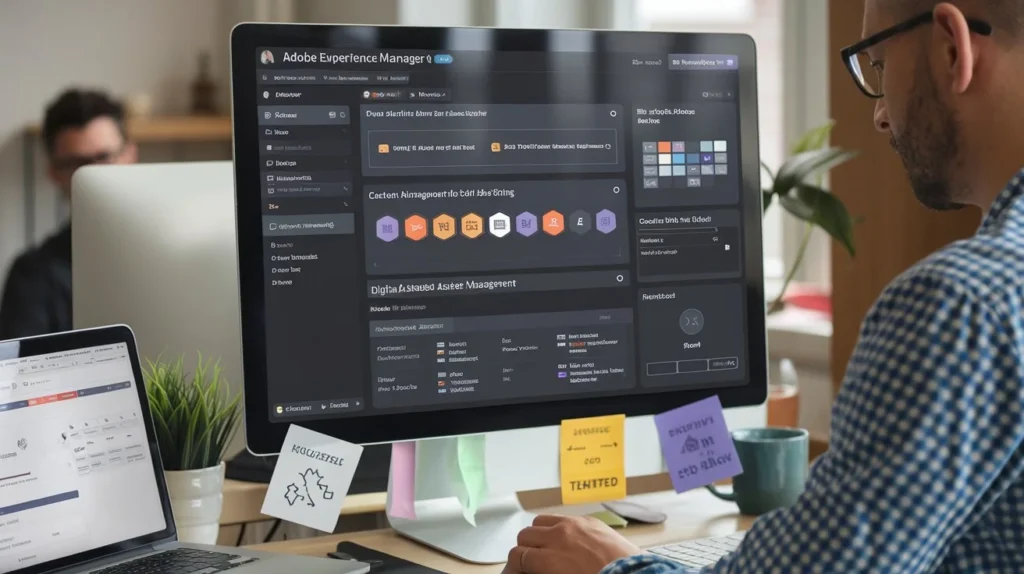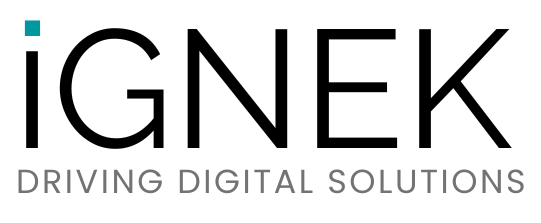Introduction
The Ayushman Bharat Digital Mission (ABDM) aims to develop the necessary infrastructure to support the integration of digital health ecosystems in India. Integrating ABDM milestones into your healthcare application can help streamline processes and improve healthcare delivery. This blog will provide a comprehensive guide on how to achieve this integration effectively.
What is ABDM?
The Ayushman Bharat Digital Mission (ABDM) is an ambitious initiative by the Indian government aimed at creating a comprehensive digital health ecosystem in India. This initiative is part of the broader Ayushman Bharat scheme, which aims to provide accessible and affordable healthcare to all Indian citizens. The ABDM focuses on leveraging technology to enhance the efficiency, accessibility, and quality of healthcare services.
Ayushman Bharat Digital Mission is an initiative by the Indian government to digitalize the healthcare sector. It includes the creation of unique health IDs for individuals, digital health records, and a centralized registry of healthcare professionals and facilities. Integrating these components can enhance the accessibility and efficiency of healthcare services.
Key Components of ABDM
- Health ID: A unique identifier for every individual, similar to a health passport, which links to all their health records across different healthcare providers.
- Digital Health Records (DHR): Secure storage and easy access to an individual’s health records, ensuring that healthcare providers have timely access to accurate patient information.
- Healthcare Professional Registry (HPR): A centralized registry of healthcare professionals, ensuring that patients receive care from verified and qualified practitioners.
- Healthcare Facility Registry (HFR): A centralized registry of healthcare facilities, providing a comprehensive directory of hospitals, clinics, and other healthcare providers.
Benefits of ABDM Integration
- Improved Patient Care: Quick and easy access to a patient’s medical history helps healthcare providers make better-informed decisions, leading to improved patient outcomes.
- Efficiency: Reduces the need for repetitive tests and procedures, saving time and resources for both patients and healthcare providers.
- Transparency and Accountability: Centralized records and registries increase transparency and accountability within the healthcare system.
- Enhanced Accessibility: Digital records can be accessed from anywhere, making healthcare more accessible, especially in remote and underserved areas.
- Data-Driven Decisions: Aggregated health data can be used for public health research and policy-making, leading to more effective health interventions and programs.
ABDM Milestones: M1, M2, and M3
Milestone 1: ABHA Number Creation and Verification
The Ayushman Bharat Health Account (ABHA) Number acts as a unique identifier for individuals within the digital health ecosystem.
- ABHA Number Creation: Users or Patients create their ABHA (Ayushman Bharat Health Account) Number using their aadhar number.
- ABHA Number Verification: OTP is sent on aadhar link mobile number and verification is done. If the mobile number is not linked then by biometrics verification done.
Once verified, the ABHA Number is activated and ready for use in the digital health ecosystem.
Milestone 2: Building Health Information Provider (HIP) Services
Building Health Information Provider (HIP) services to share digital records via Personal Health Records (ABHA) app
- Digital Health Records: Secure storage and easy access to an individual’s health records.
- HIP Services Integration: Integrate HIP services to ensure seamless access and sharing of health information.
Patients and healthcare providers can access these records securely when needed, ensuring timely and informed medical decisions.
Milestone 3: Developing Health Information User (HIU) Services
Developing Health Information User (HIU) services to provide view of patient’s medical history to authorized healthcare workers with complete consent.
- Consent Requests:Implement consent management to ensure that patients can control who accesses their health data.
- Medical Data Access: Ensure that healthcare providers can access necessary medical data with patient consent.
Getting Started – Sandbox Registration
- Register on Sandbox: Fill out a form with details about your organization and motivation to join.
- Receive Credentials: Post internal approval, receive credentials to access ABDM APIs within 3-4 days.
- Begin Integration: Use the credentials to start integrating ABDM-powered services in the Sandbox environment.
Milestone-wise Functional Requirements
ABHA Number Creation, Capture & Verification
- Steps:
- Register the health facility (HIP) in the ABDM Sandbox Health Facility Registry.
- Assist patients in creating ABHA Numbers via mobile application or Aadhaar biometric.
- Capture and verify ABHA Number during patient registration using OTP authentication if provided verbally.
- Link ABHA Number with patient information in HMIS/LIMS using demographic verification APIs.
Share Consented Digital Health Record via ABHA Mobile Application
- Steps:
- Create care context post consultation.
- Support sharing of five major types of reports.
- Integrate HIP services to handle discovery requests and patient-initiated linking of old medical reports.
- Facilitate flow of medical data as per specified formats and notify patients via SMS.
Share Patient’s Longitudinal History with Healthcare Workers with Consent
- Steps:
- Create and honor consent requests.
- Receive and organize medical data from linked facilities.
- Share data with healthcare workers on their systems.
Sandbox Exit Process
- Functional & Non-functional Testing:
- Conducted by NHA empaneled agencies (e.g., FIME India, Suma Soft, Tata Communications).
- Test cases for M1, M2, and M3 provided.
- Security Testing:
- Performed by STQC or CERT-IN empaneled agencies.
- Submit “Safe-to-Host” certificate to NHA.
- Final Approval:
- Share functional testing report, Safe-to-Host certificate, and application summary with the NHA internal team.
- Production Deployment:
- Register HIP on Health Facility Registry and update production access bridge ID.
- Prepare application for go-live and ensure facility staff are trained.
Conclusion
Integrating ABDM milestones into your healthcare application can significantly enhance the efficiency and accessibility of healthcare services. By following the steps outlined in this blog, you can successfully integrate ABDM components like Health IDs, digital health records, and registries for healthcare professionals and facilities. Ensure that your application maintains high standards of security and compliance to protect sensitive health information.
For further details and API documentation, refer to the official ABDM documentation.
By embracing the Ayushman Bharat Digital Mission, healthcare providers can leverage digital technologies to improve patient care, streamline operations, and contribute to a more efficient and effective healthcare ecosystem in India.
